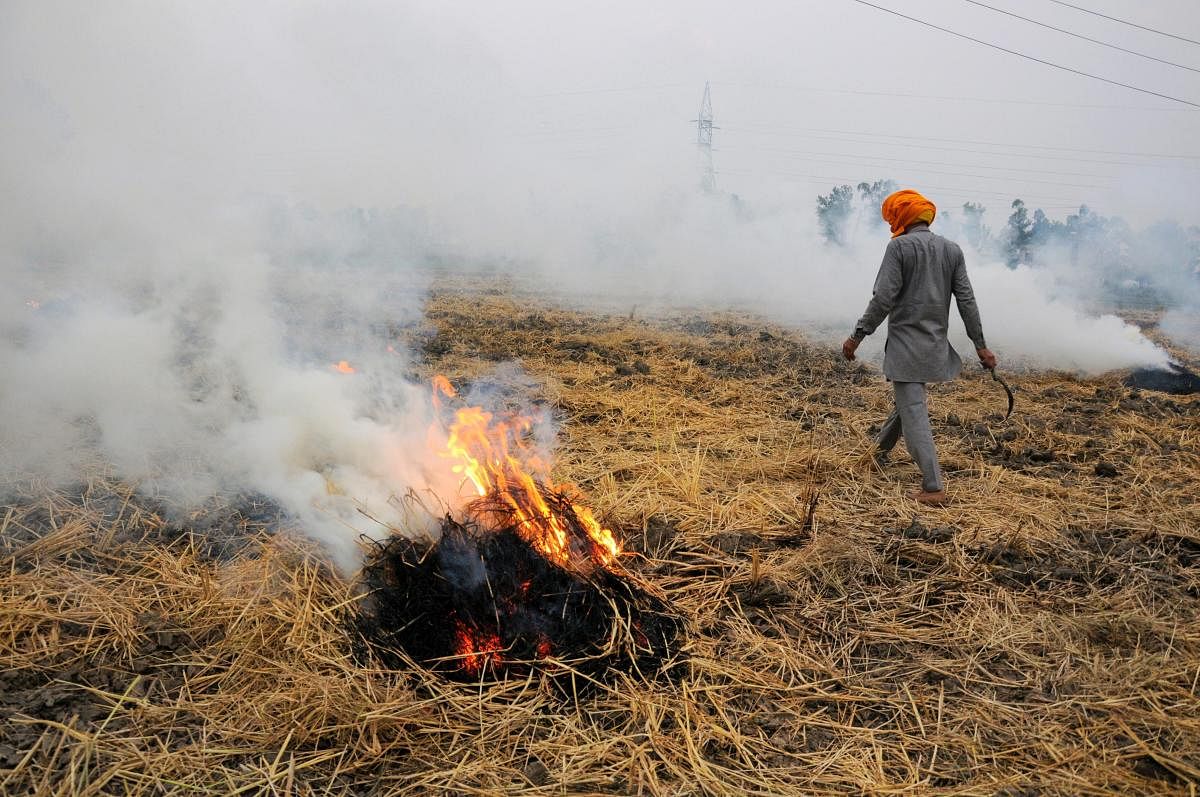
At a time when pollution from stubble burning has become a concern, researchers from IISc have devised a way to extract ethanol from it which is a valuable fuel.
Professor T V Ramachandra and his doctoral student Deepthi Hebbale presented the result of their experiments at Lake 2020, the 12th biennial symposium of the Energy Wetlands Research Group of the Indian Institute of Science (IISc).
Deepthi said 100 kg of paddy straw can produce 36 litres of ethanol while wheat stalk of the same quantity can produce 53 litres.
“There is wide scope for biofuels as only a fraction of crop residue, especially stalk and straw is utilised as fodder. Tonnes of such biomass is burnt leading to pollution and waste of valuable resources,” she said.
India produced 103 million tonnes of wheat and 116 million tonnes of rice in 2019. One kg of rice leaves a residue of 1.5 kg straw and 0.2 kg husk. For a kg of wheat, it is 1.5 kg stalk and 0.3 kg of husk.
“We came up with a pre-treatment process that helps hydrolysis and fermentation. Making ethanol is essentially breaking down the poly sugar content in crop residue into simple sugar and then converting it into ethanol through fermentation,” Ramachandra said. They used marine cellulolytic bacteria for hydrolysis and fermentation was done with isolated yeast strain.